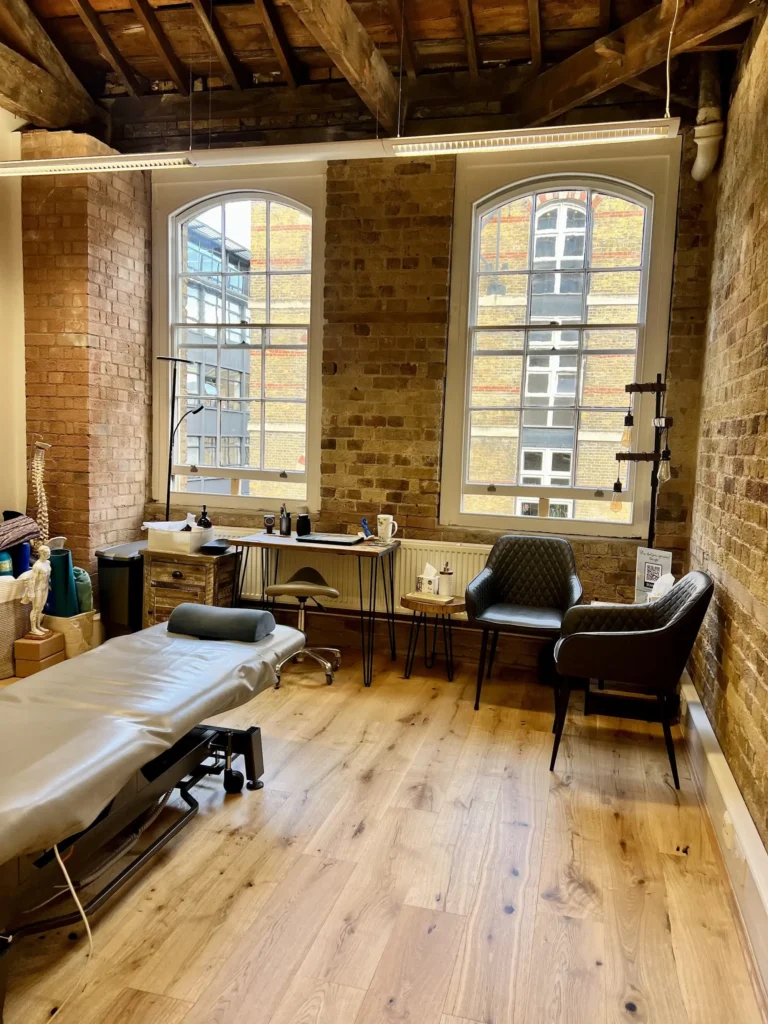Sciatica
Conditions
Sciatica
Sciatica refers to pain that radiates along the path of the sciatic nerve, which branches from the lower back through the posterior hips and buttocks and down behind each leg. It is commonly caused by a herniated disc or bone spur compressing part of the nerve.
Standard Medical Approach:
- Diagnosis: Physical exams, imaging tests like MRIs or CT scans.
- Treatment: Pain relievers, anti-inflammatories, physiotherapy, steroid injections, and sometimes surgery.

Hito Holistic Approach
- Diagnosis: Comprehensive assessment including physical, neurological, myofascial, visceral, postural, energetical, emotional, and lifestyle factors.
- Treatment: Important is to clarify if it is a real sciatica which is quite occasional or a more common piriformis syndrome, or gluteal inflammation or sacroiliitis. Often also it gets confused with an inflammation or compression of the femoral nerve which is instead running on the front of the thigh and not on the back and towards the calf. Unfortunately, each time there is lower back pain the doctors tend to diagnose it as sciatica, without even running any basic tests or palpation. Instead, we probably see a real sciatica only once or twice per year. Most of the times it is a simple sacroiliitis which is the inflammation of a sacroiliac joint or a gluteal entrapment or a very common piriformis syndrome. This syndrome is due to a muscle in the buttock which is often too tight, and it passes over the sciatic nerve. In the 30% of clients, the sciatic nerve passes in the piriformis. So, if the muscle is too tight then the nerve is compressed, and this syndrome can perfectly mimic a sciatica. However, the test for the sciatic nerve would be negative while the one for the piriformis would be positive. In the sacroiliitis or in gluteal problem, the sciatic nerve test would be negative while the sacroiliac cluster and the gluteal test would be positive. Emotionally the sciatica and overall, the piriformis syndrome or the gluteal pain correspond to the sense of huge responsibilities. Myofascial induction it would be great to remove restrictions and “melt” any muscles tension. Acupuncture on the bladder points can help with spinal and gluteal or sacral pain. It is possible to support the lumbar spine and the piriformis with taping. Chakra healing of the first 2 or 3 chakra can be very supportive. Other options are clinic massage, lymphatic drainage, specific stretches, strength and postural exercises, Pilates and yoga poses, mindfulness practices like meditation, breathwork and journaling to reduce stress and improve oxygenation.
